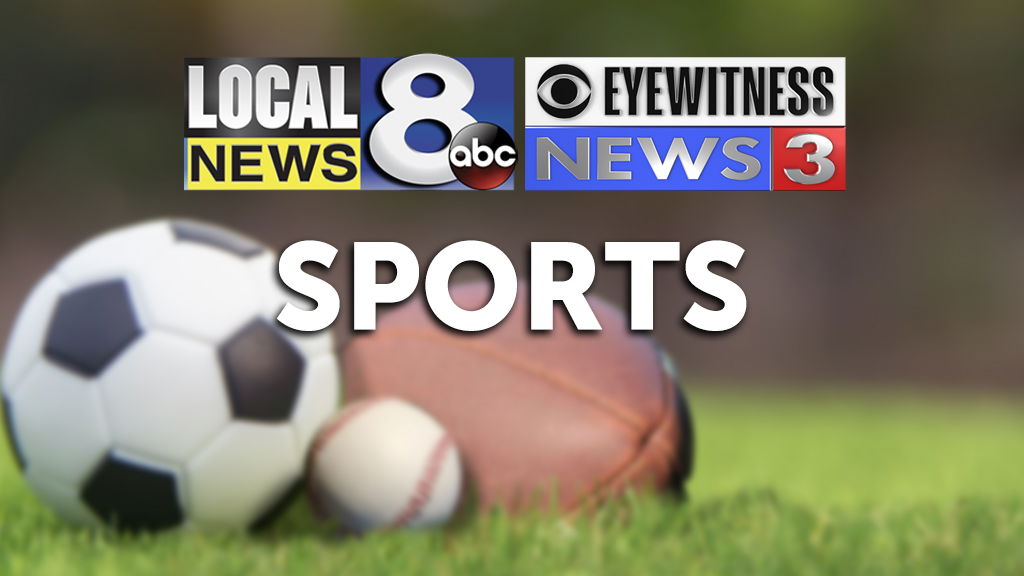Women’s sports saw pivotal growth in deals, interest in 2022

By ALANIS THAMES
AP Sports Writer
South Carolina coach Dawn Staley has been around women’s basketball long enough to see the growing pains of a young WNBA league gradually shifting to increased interest in the sport at all levels.
“We probably are bursting at the seams for the people that are decision-makers in our game to allow us to be just that,” said Staley, who led the Gamecocks to their second women’s hoops title this year.
Popularity across women’s sports has grown steadily over the past few years, but 2022 marked a pivotal moment as several sports saw increases in viewership and ratings, sponsorship deals and prime-time coverage.
This past WNBA regular season was the most watched since 2006. And storylines were plentiful as the league contended with the detainment of Phoenix Mercury center and two-time Olympic gold medalist Brittney Griner and the retirement of one of the league’s most popular players in Seattle Storm point guard Sue Bird.
According to ESPN, which aired 25 regular-season games and the entire postseason, the 2022 playoffs averaged 456,000 viewers — up 22% over 2021’s postseason — making it the most-viewed WNBA postseason since 2007. The WNBA draft averaged 403,000 viewers, which was the most since Diana Taurasi was the top pick in 2004.
WNBA Commissioner Cathy Engelbert said her league and the women’s college game build off each other.
Engelbert said the NCAA Women’s Tournament, which had the most viewed championship game in nearly two decades, built momentum for the women’s game heading into the WNBA season. Now she wants to see how far that growth can go.
“I’m never satisfied,” Engelbert said. “My team is like ‘Ask for more.’ When you’re in hyper growth mode that’s how you have to do it. We don’t rest. We have to take advantage of the momentum when you have it. … You have to keep pushing, too.
“We’re underinvested and undervalued.”
The league has a deal with ESPN/ABC through 2025 where the company paid the WNBA $27 million in 2021 and $28.5 million this past season. That number goes up $1.5 million per season until it hits $33 million in 2025.
At the collegiate level, division I football players continue to exponentially out-earn athletes in all other sports. But name, image and likeness (NIL) deals have been a game changer for female collegiate athletes, particular in non-revenue producing sports. NIL allows women to take advantage of large social media followings and earn sponsorships with brands like Champs and Adidas.
Olivia Dunne, a gymnast at LSU, has over 8 million followers across all of her social media platforms, more than any other female collegiate athlete. Her sponsorships include deals with the clothing brand Vuori and American Eagle.
From the July 2021 inception of NIL through November, women’s sports occupied six of the top 10 highest-earning sports by NIL compensation, according to the NIL technology and marketing company Opendorse.
“The student-athletes are using social media to build their own audiences, which is driving more interest and tune in to their sports,” said Blake Lawrence, CEO at Opendorse. “The industry is feeding itself … the more marketable the women’s sports athletes, the more engaged their audience will be, the more engaged the audience will be, the more marketable the athletes become.”
Women’s soccer has also enjoyed a boost in 2022.
The sport has seen increased global revenue from sponsorships and broadcast deals, according to a survey by FIFA, the sports’ governing body. In an October report, the organization found that clubs reported year-on-year commercial revenue growth of 33% — indicating growing interest from sponsors; 77% of leagues had a title sponsor in 2021, up from 66% the previous year.
That structural growth was coupled with unprecedented overall interest in the game.
An August friendly between the United States and England at Wembley sold out in a day and drew nearly 78,000 fans. That was after 87, 192 people watched England defeat Germany 2-1 in the European Championship finals. It was the biggest attendance for a European Championship match, men’s or women’s.
“The number and the types of different platforms that are highlighting women’s sports, not just women’s soccer, it’s just showing overall that there is interest,” said Kate Markgraf, the general manager of the U.S. Women’s National Team.
In the United States, the National Women’s Soccer League saw growing popularity amid the backdrop of a league-wide abuse scandal.
In August, an independent investigation commissioned by U.S. Soccer found that emotional abuse and sexual misconduct in its pro league were systemic, impacting multiple teams, coaches and players.
Still, the NWSL title game on Oct. 29 averaged 915,000 viewers on CBS in prime time, a league record.
As the sport gains global momentum ahead of next summer’s Women’s World Cup in Australia and New Zealand, U.S., Markgraf expects this year’s trend to continue for the foreseeable future, and she wants the success and popularity of women’s soccer to impact fans personally.
“When you go to a game and you watch it, it’s like, huh, and you leave changed,” she said. “And the more frequently they happen, the longer they resonate. … That’s the goal of U.S. soccer, is to be one of the preeminent sports in our country.”
